The research in Porter Lab is divided into 4 main groups, one research associate fellow is responsible for the projects, grants, and students into each group. I’m Elizabeth Fidalgo, Ph.D., and I’m the leader of the Tuberin group. As the group name states our group studies a protein named Tuberin. This protein is a Tumour suppressor protein that controls cell growth and cell proliferation. Mutations in the Tuberin gene (TSC2) lead to several diseases, including Tuberous Sclerosis where patients present with large benign tumours (hamartomas) that affect primarily the skin, heart, brain and kidney and lead to compounding problems like autism and seizures. Mutations in Tuberin also result in Pulmonary Lymphangioleiomyomatosis (LAM), a cyst condition that affects the lungs and surrounding tissues in primarily young women. Mutations in TSC2 have been found in several cancers, including cancers of the skin, breast, kidney, and brain. As you can see, Tuberin is an essential protein for the control of cell growth and proliferation.
My group was the first one to report the role of Tuberin in the regulation of an important checkpoint in the cell cycle. Our results were published in the Cell Cycle 10: 3129-3139 with the title: The tumor suppressor tuberin regulates mitotic onset through the cellular localization of cyclin B1. Since then we have been investigating the mechanisms behind the essential control of cell division by Tuberin. Understanding the basic biology is necessary for us to understand what this protein does in disease. This work is the foundation of our NSERC (Natural Science Engineering Research Council of Canada) work.
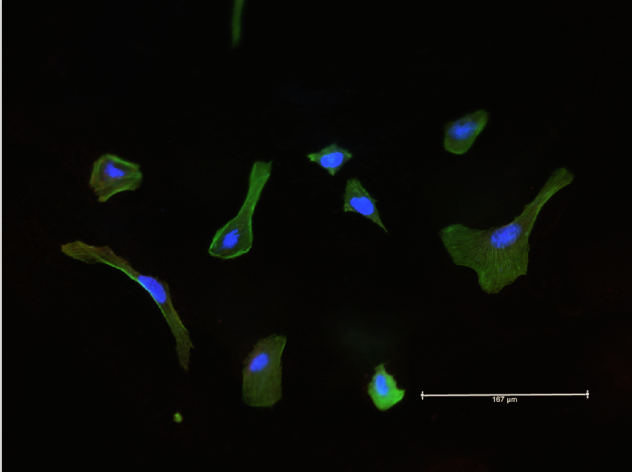
Tuberin is a large protein (200KDa) and is regulated by phosphorylation and it’s the main player of diverse pathways inside a cell. It isn’t easy to work with it, so my group has developed tools to make a little bit easier to understand the functions of Tuberin towards the cell cycle. One of the first tools we developed using molecular biology techniques is a G2/M reporter, a vector that is transfected into the cell to monitor the Tuberin checkpoint. The cells turn blue when at the checkpoint, this way we can monitor the time that takes for the cell to move from one phase of the cell cycle to other. We’ve published the engineering steps for the construction of this reporter in Cytotechnology 2016 (1): 19-14 Title: Derivation of a novel G2 reporter system. This work was largely conducted by an undergraduate student in our lab, Sabrina Botsford.

Another tool under construction is the BiFC system (Bimolecular Fluorescence Complementation) where the cells turn yellow when Tuberin is actively participating of the checkpoint. These fluorescent tools are important because through them we can use time-lapse fluorescence microscopy and flow cytometry techniques to better understand the functional role of Tuberin in the cell cycle. This BiFC project was started by another undegraduate student, Marisa Market. We are also genetically modifying the genome of HEK293 (kidney) and HeLa (cervical tumour) cells using CRISPR-CAS system. We are introducing TSC2 clinical mutations in the genome of these cells lines to study the pathways affected by these mutations in hopes of revealing how these mutations regulate aberrant cell division. This basic information is essential for research to lead to new treatments for diseases ruled by Tuberin mutations.
This fundamental work supported by NSERC has provided the foundation for several other projects. We collaborate with Dr. James Gauld (Chemistry/Biochemistry UWindsor) on a Seeds4Hope grant sponsored by our local Windsor Cancer Centre Foundation (http://windsorcancerfoundation.org/seeds-4-hope/). This work is figuring out the important binding regions between Tuberin and its partners using computational (computer-based) approaches. In 2013 I was awarded a Seeds4Hope grant to study the role of Tuberin in the formation of Medulloblastoma, the primary brain cancer affecting children; an undergraduate student, Santo Spencer Briguglio, was supported to work on this project by the Brain Tumour Foundation of Canada. We are also currently working with Dr. Andrew Swan (Biology, UWindsor) to expand our cellular studies of Tuberin-Cyclin B1 into an in vivo Drosophila (fly) system. Our results have been presented at many local and international conferences.
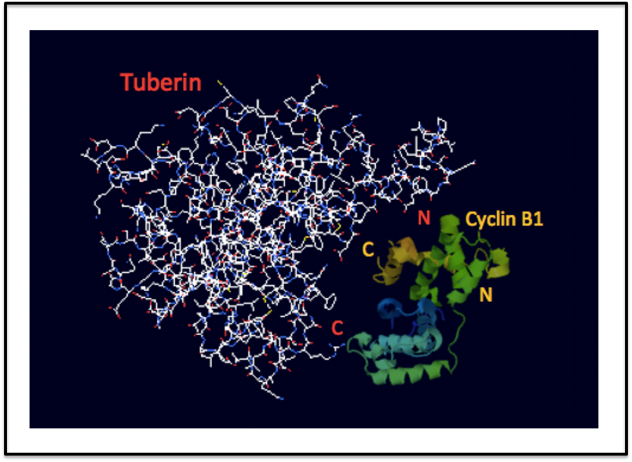
One of the strengths of our group is the training of undergraduate and graduate students. We’ve trained several brilliant students, some of them have received awards/fellowships from our department, university, and the province and most have been successfully accepted to Medical and Pharmacology schools through Canada.
Being a tough protein to figure out we often joke that this project trains students to be strong! As an example, one of our past Tuberin undergrads Ryan Ard did his Ph.D. in the Allshire lab in the UK and is now a postdoc in the Marquardt lab in Denmark. Ryan received an international scholarship and has 7 publications including a Nature Communications paper. We are proud of our successful students! We currently have a great group: 2 undergrad thesis students (Jackie Fong and Gillian Denomme), an MSc student (Adam Pillon) and a Ph.D. student in collaboration with Dr. Andrew Swan (Mohammed Bourouh). We are looking for great things to come from this team.
Hope you enjoyed to know a little bit more about one of the research groups in the Porter Lab.
Please leave your comments and/or suggestions below, I’ll be happy to answer them.
Elizabeth
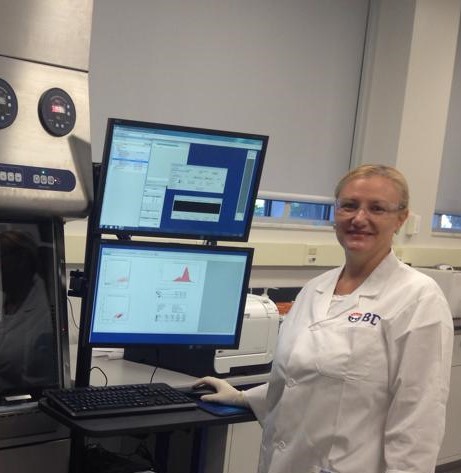
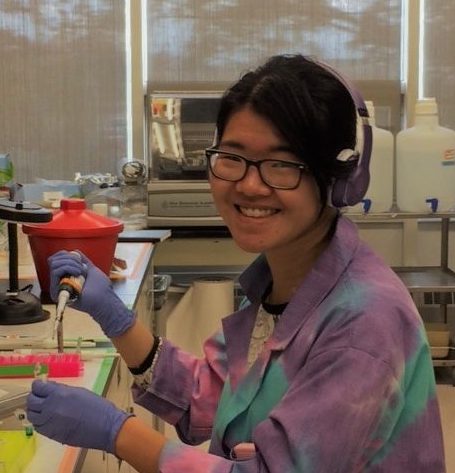
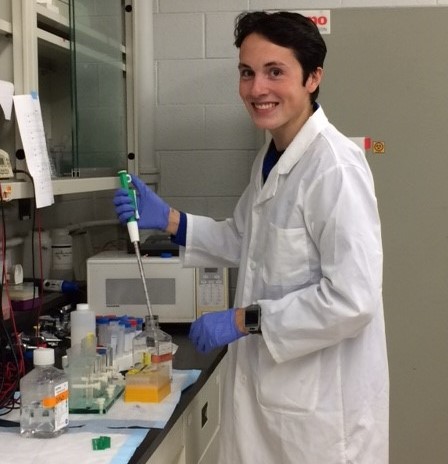
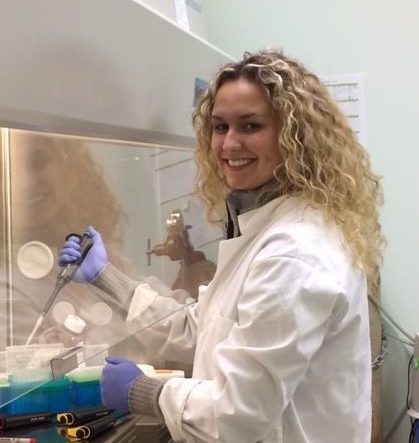
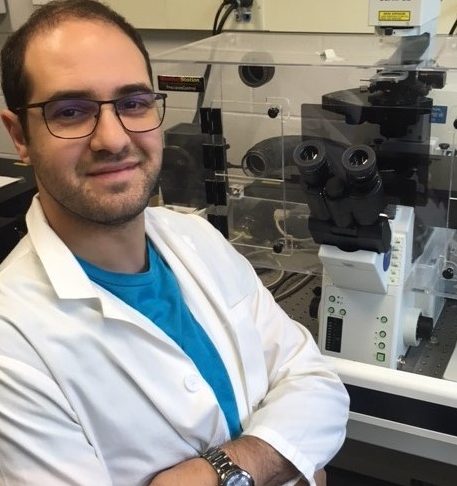
Great work.
Thanks!